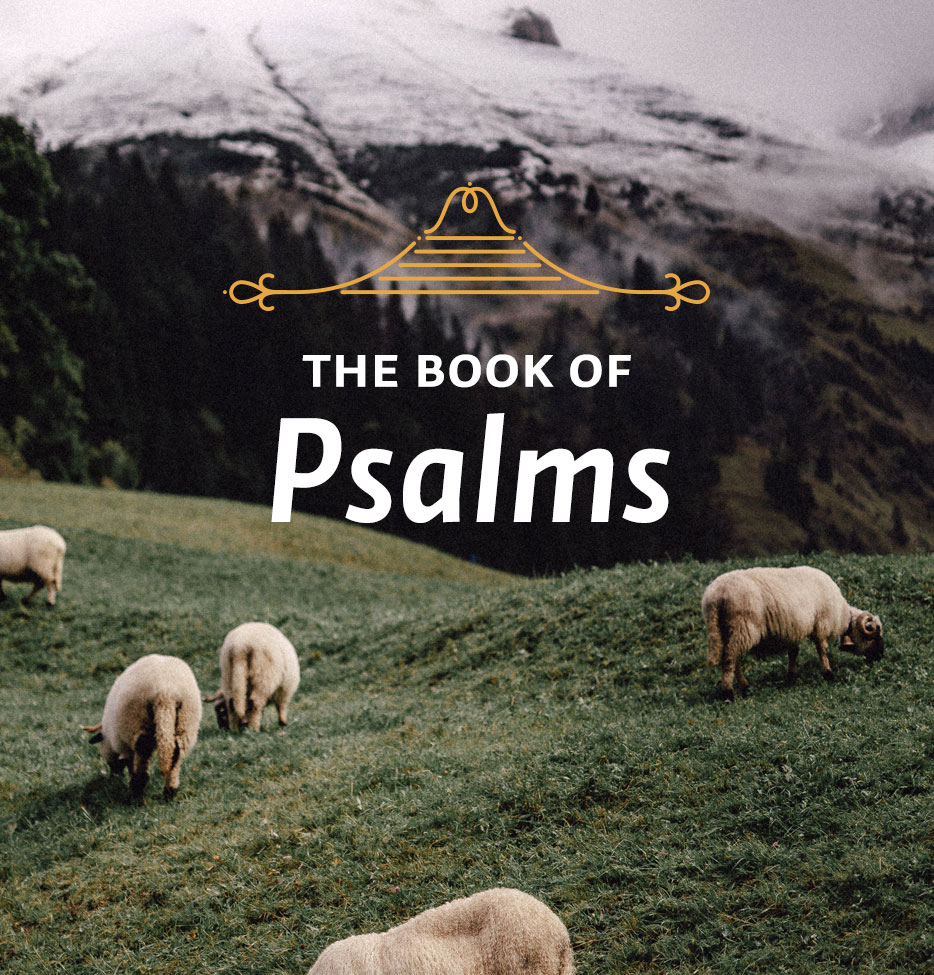Theme: Jesus and the Law
From this week’s Christmas study, we look carefully at the incarnation of the Lord Jesus Christ, and how it fulfills the Old Testament tabernacle.
Scripture: John 1:14
Second, not only was the tabernacle at the center of Israel’s camp, but it was also the place where the law of Moses was preserved. Moses was up on the mountain where he received the law from God. When he came down with the stone tablets the first time, the people had been departing from the Lord in the valley. In his great anger Moses broke the tablets. Then he went back up the mountain and the Lord gave him another. He came down and this time they were placed in the Ark of the Covenant, within the Most Holy Place of the Jewish tabernacle. The law of God was placed in the very center of the tabernacle.
May I suggest that Jesus Christ is the embodiment of the law. You and I certainly would not keep the law if it were up to us. As a matter of fact, what we do when we come to the law of God is water it down to fit ourselves. We read it and we think that a certain part can’t really mean that. So we begin to change it and make it acceptable to the way we really want to live.
But you see, since the Lord Jesus Christ is there in Scripture, we have one who actually embodies it, and who actually kept it. He could even ask his enemies, “Can any of you prove me guilty of sin” (John 8:46)? Those men whom he asked knew the law of Moses, and all the rest of the Old Testament. If they could have found something of which Jesus was guilty, they would have done it and pointed it out to Jesus. However, they were not able to do it because Jesus absolutely embodied the law and so expressed the law perfectly.
Therefore, when we look to Jesus Christ, we see what it really is to live in a way that pleases God. We see something else also: We find that Jesus is the one who is able to help us do it. You and I left to ourselves cannot do it. We are sinful people. We want to go our own way. But as Paul said, “I can do everything through him who gives me strength” (Phil. 4:13).
The third parallel about the tabernacle and Jesus concerns its serving as the dwelling place of God. When we say that the tabernacle was God’s dwelling place, we don’t mean that God left heaven. God of course is omnipresent, which means that he is everywhere. God is therefore here among us. But in a certain symbolic sense, God dwelt in the tabernacle, specifically above the Ark of the Covenant in the Most Holy Place.
Furthermore, God’s presence, known as the Shekinah glory, could be seen. When he led Israel during their wilderness wandering, God’s presence was in the form of a cloud that overshadowed the camp of the people. During the day as they marched, it shaded them from the heat of the sun. At night, it looked like a pillar of fire as it led them along.
Jesus is now that for us. If you want to know what God is like, look at Jesus. And when you do that, you find that he is not only compassionate and loving in a general sort of way, but that he so loved the world that he died upon the cross, that we might be saved from our sins. That is what God is like.
Study Questions:
What is the second parallel made about the tabernacle and Jesus?
What does it mean to say that Jesus is the embodiment of the law?
What is the third parallel? How could God’s glory be seen in the wilderness wandering? How does Jesus show us what God is like?
Prayer: Ask the Lord for grace to help you keep his Word better and please him more.






